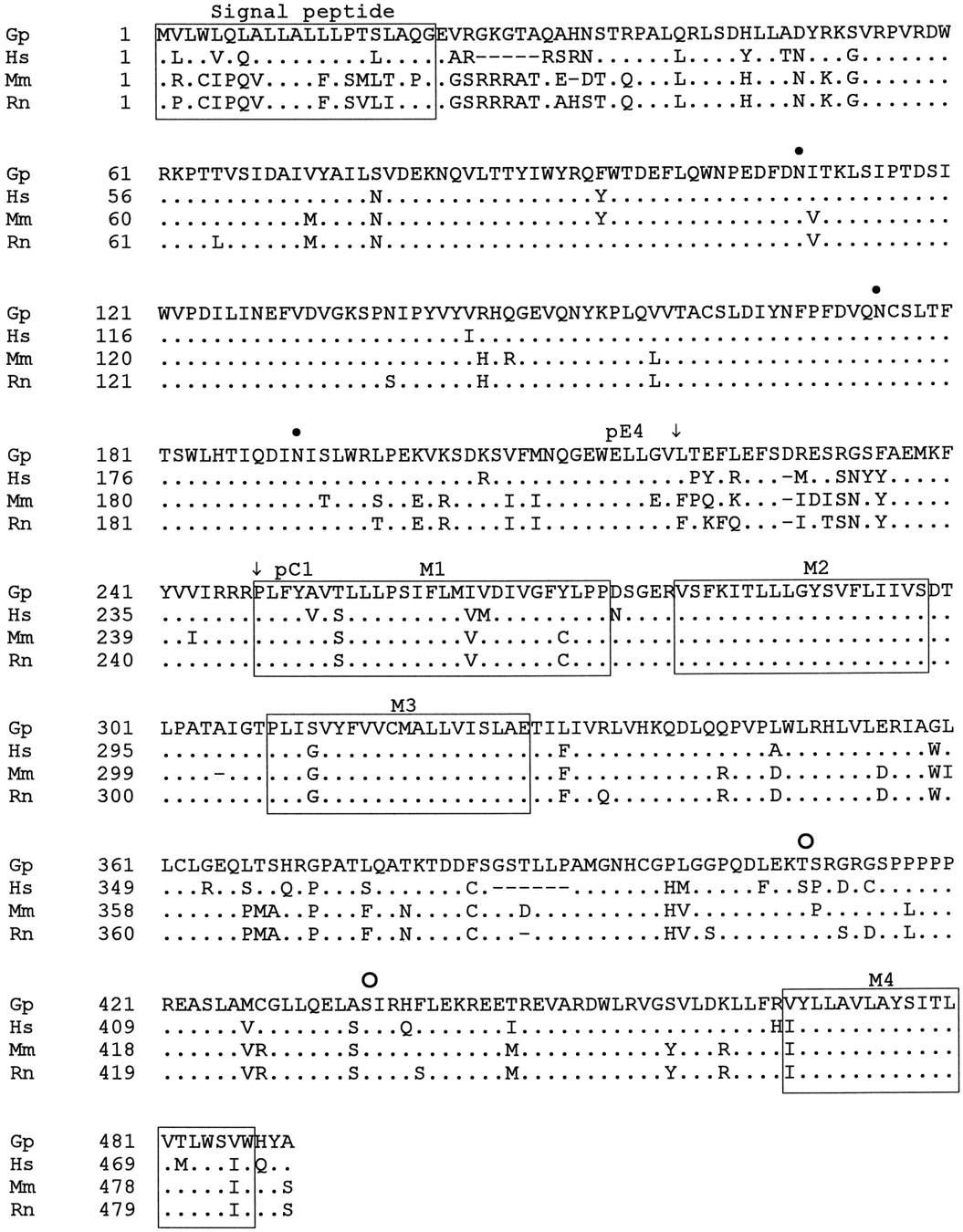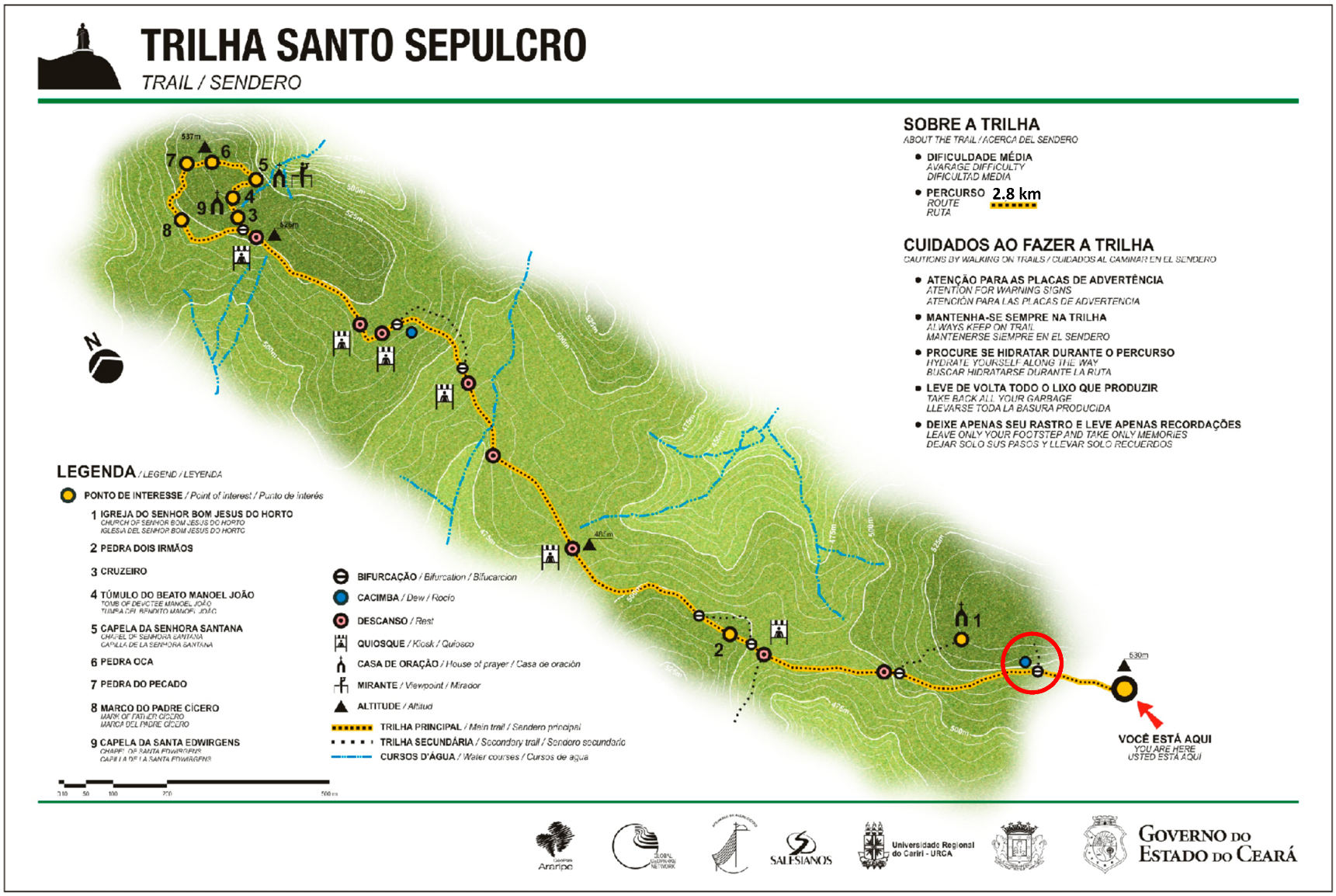

For example, identifying Bitonal, Polytonal and Modal Voicings and their accompanying scales for improvisational use. I taught ear training and advanced music theoryĪs a college professor in the late 80's / early 90's, I used what were then (and still are) considered unorthodox methods toward an all-inclusive, unified ear training coupled with advanced theoretical knowledge. These skills are the bedrock, essential tools for advanced fluency in improvisation and composition.

As we explored this ability, I realized that by combining the use of nomenclature derived from music theory with aural recognition practice, I could dramatically improve his Relative Pitch abilities as well. In 2010, I discovered that my son Dylan had Perfect Pitch. More detailed instructions will be found in the email. Here are all the sections, the ones in bold are currently included: Section 1: PitchĪfter purchasing you will be sent a license code to your email. Using that you will be able to sign up on the platform.

The early access version comes with the first fourteen chapters, but once the other six chapters are added you will receive them free of charge.


 0 kommentar(er)
0 kommentar(er)
